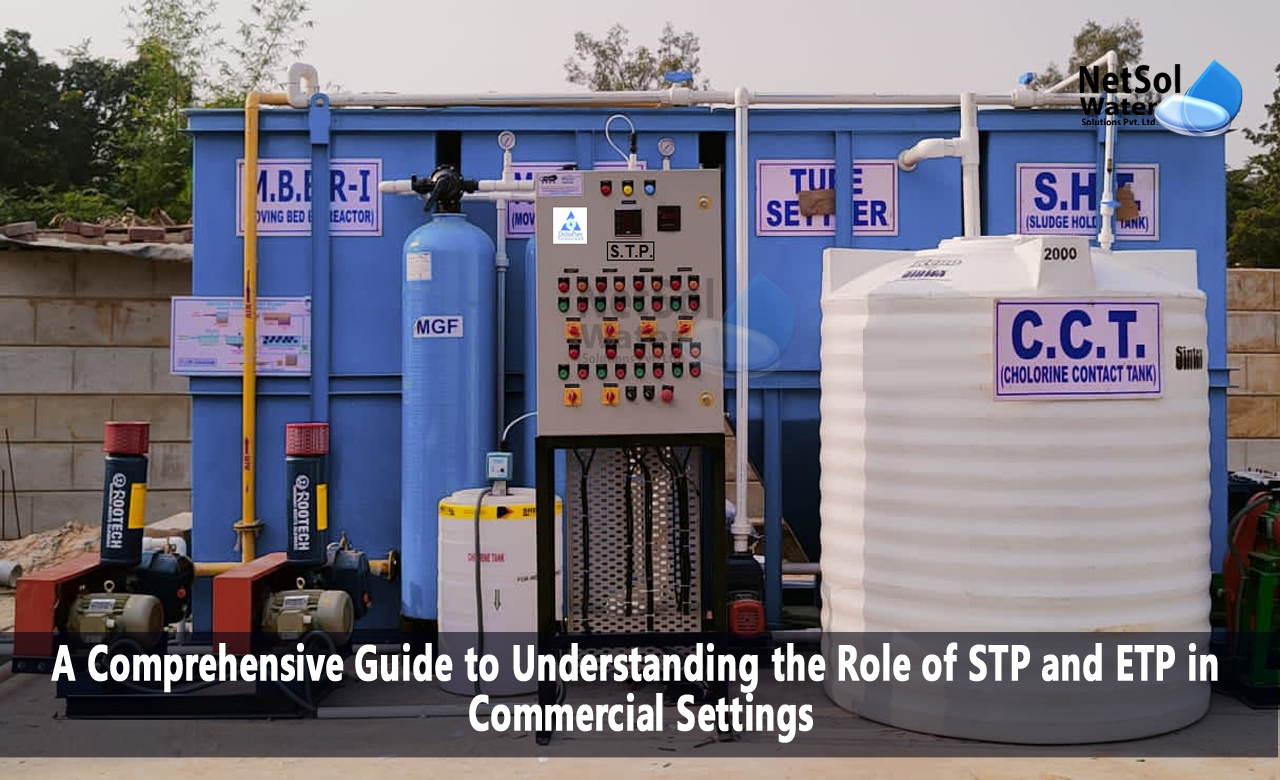STP and ETP in Commercial Settings: A Comprehensive Guide
Sewage treatment plants (STP) and effluent treatment plants (ETP) play a crucial role in maintaining the environmental sustainability of any commercial setting. These plants are designed to treat wastewater, remove pollutants, and ensure the safe discharge of treated water back into the environment.
In this blog, we will provide a comprehensive guide to understanding the role of STP and ETP in commercial settings.
What is STP and ETP?
STP and ETP are wastewater treatment plants that are used to treat and purify water that is discharged from commercial and industrial facilities. The main purpose of STP is to remove the contaminants present in sewage water, while ETP treats the effluent water that is discharged from industries.
The working principle of STP and ETP:
STP and ETP both work on the same principle of removing the contaminants and impurities from the wastewater. The treatment process involves several stages like pre-treatment, primary treatment, secondary treatment, and tertiary treatment.
In the pre-treatment stage, the water is screened and allowed to settle to remove large debris and suspended particles. In the primary treatment stage, the water is passed through sedimentation tanks where the heavy solids settle down to the bottom. In the secondary treatment stage, biological processes like aeration and oxidation are used to remove organic matter and nutrients. In the tertiary treatment stage, the water is treated with disinfectants like chlorine or ultraviolet light to remove any remaining bacteria and viruses.
The role of STP and ETP in commercial settings:
STP and ETP play a crucial role in maintaining the environmental sustainability of commercial settings. Commercial establishments like hotels, hospitals, and industries generate a significant amount of wastewater, which, if not treated properly, can cause severe harm to the environment.
By treating the wastewater before discharging it back into the environment, STP and ETP help in conserving water resources, reducing the pollution level, and protecting the environment. STP and ETP also ensure compliance with environmental regulations and reduce the risk of penalties and legal liabilities.
Benefits of STP and ETP in commercial settings:
The use of STP and ETP in commercial settings offers several benefits. These include:
- Environmental sustainability: STP and ETP reduce the environmental impact of commercial establishments by treating wastewater and ensuring its safe discharge back into the environment.
- Compliance with regulations: STP and ETP help commercial establishments comply with environmental regulations and avoid legal liabilities and penalties.
- Water conservation: STP and ETP help conserve water resources by treating wastewater and making it available for reuse in non-potable applications.
- Cost savings: The use of STP and ETP can result in significant cost savings by reducing the volume of water consumed and the amount of wastewater discharged.
Conclusion:
In conclusion, STP and ETP play a crucial role in maintaining the environmental sustainability of commercial settings. By treating the wastewater generated by commercial establishments, STP and ETP reduce the environmental impact, ensure compliance with regulations, conserve water resources, and offer significant cost savings.
For any other support, inquiries, or product purchases, call on +91-9650608473 or email at enquiry@netsolwater.com



